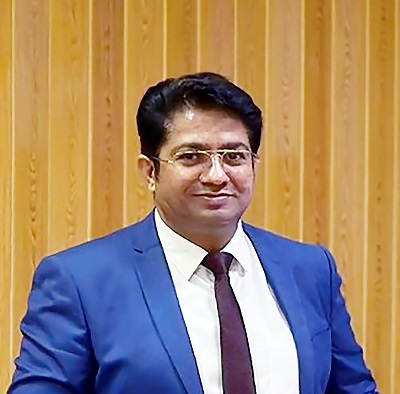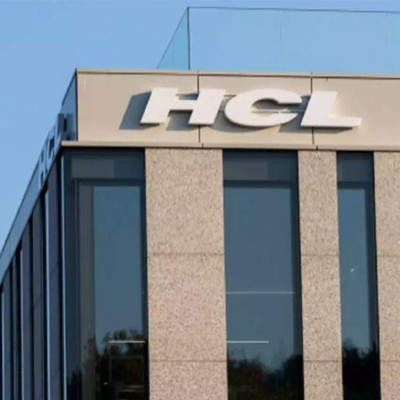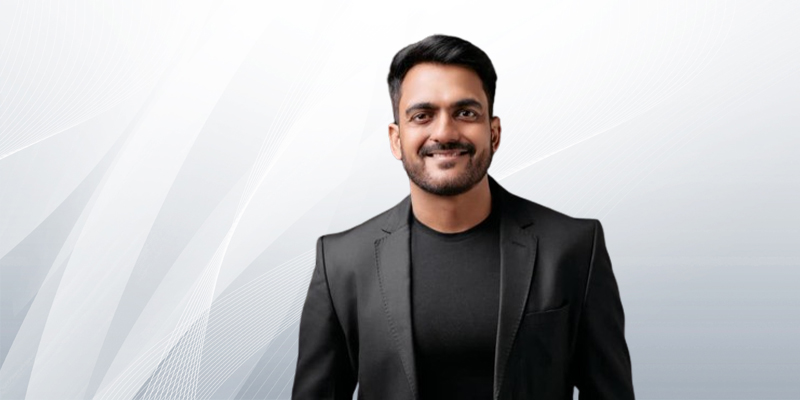Shaping Tomorrow’s IT Landscape: A Leader’s Guide to Global Strategy and Standards

CIO and Chief Digital Officer (CDO), AG&P Group
The technology sector finds itself mired in an era of unprecedented transformation. International Data Corporation (IDC) forecasts 175 zettabytes by 2025, highlighting the colossal amounts of data organisations must manage. However, this apparent conundrum also unveils diverse untapped opportunities for the sector. But despite this prime prospect of ushering in – and being at the forefront of – groundbreaking innovation and unprecedented growth, it potentially brings along many intricate challenges. Therefore, the onus is on key industry leaders to diligently formulate and capably implement comprehensive global IT strategies. The goal is to navigate the surging data tide deftly, thus securing our industry’s enduring progress and leadership position.
Navigating The Complex IT ecosystem
Today’s IT space is markedly advanced and complex, characterised by seemingly ubiquitous Artificial Intelligence (AI), cloud computing prominence and widespread application of the Internet of Things (IoT). According to Gartner, more than a tenth of business-generated data will be processed outside traditional data centres and the cloud by 2022. Consequently, this underscores our need to understand these evolving trends thoroughly, ensuring smart executive decisions alongside forward-thinking initiatives. Not only does this benefit individual organisations, but it also strengthens the broader industry through positive knock-on effects.
The Power of Global IT Strategy
A practical and comprehensive IT strategy transcends borders, forging cooperation among diverse business entities. Indeed, recent research by McKinsey shows that organisations integrating robust IT strategies into their core business values stand to drive notable growth by 21 percent.
By strategically weaving IT efforts into the overarching business priorities, organisations uncover new avenues for innovation. As a result, companies can leverage diverse and practical competitive advantages in an already aggressive market successfully.
"Leaders in the IT landscape must intertwine innovation with security, embrace sustainable practices, and consistently calibrate strategies to future uncertainties. This approach will help sculpt a promising tomorrow"
Establishing Standards for Consistency
Business growth at scale is built on a bedrock of consistency. As such, leaders should establish and implement strict IT standards effectively, achieving adaptable compatibility and unhindered growth. Established frameworks like ISO/IEC 27001 or ITIL offer invaluable insights, transforming organisations to balance versatility and consistent performance.
Driving Digital Transformation
In today’s digital age, businesses that adapt swiftly and dynamically are more inclined to achieve market leadership. Indeed, studies show that companies more advanced in their digital transformation journey generate 26 percent more profit than their industry peers. Furthermore, additional research from MIT indicates that 79 percent of high-level business executives agree that failure to adapt to the shifting technological winds puts organisations in imminent likelihood of becoming obsolete. Accordingly, strategic IT emerges as a pivotal component when aligned with business goals, forming the driving force behind transformative changes reshaping operational methods and customer-focused interactions
Sustainability and Ethical Considerations
The IT space contributes 1.4 percent of global emissions, on par with aviation. Embracing sustainable IT practices transcends corporate social responsibility and superficial public relations acts. Instead, leaders must champion energy-efficient data centres, execute significant e-waste reduction and prioritise environmentally friendly computing. Committing to ecologically ethical technology deployment underscores an organisation’s unwavering dedication to achieving carbon neutrality, driving sustainable business success and environmental health.
Balancing Innovation and Security
In 2020, IBM’s Cost of Data Breach report revealed that organisations wrote off a significantly sizeable amount of $3.86 million on average due to violations of system data.As companies continue to leverage innovation for growth, leaders must ensure that system and data security is an integral part of the process.In light of this, executives must develop and implement proactive, comprehensive and robust cybersecurity protocols throughout the innovation process. Organisations need to establish pioneering cyber security measures to safeguard viability and credibility-building efforts in a space inundated with ever-evolving cyber threat actors.
Reskilling and Talent Development
According to a report on recession and automation from the World Economic Forum, over 85 million jobs are highly likely to be rendered obsolete. This is due to the evolving dynamic between manual human skills, automation and advanced algorithms. As a result, organisations must proactively anticipate these fluid shifts and respond in kind. Continuous learning and providing working environments that appeal to and retain the most skilled IT talent are invaluable in these realignment strategies. As such, companies stand are well-adjusted and prepared for any impending technological shifts.
Measuring Success and ROI
Despite its apparent brilliance, a strategy’s actual value is ultimately judged on its efficacy through its results. Studies show that firms that diligently align their projects with strategic goals are 57 percent more likely to fulfil their objectives. As such, industry leaders are tasked with defining clear, measurable metrics that accurately assess their technological endeavours impact and return on investment (ROI). Effectively taking advantage of tools like Balanced Scorecards or the Value Score Framework has gifted companies with significant improvements in critical business processes, delivering profound analytical insights and maintaining ambitious projects within the given budget.
The Role of AI and Automation
Automated processes and artificial intelligence have emerged as pivotal efficiency drivers in the current business space. Indeed, according to India’s Comptroller and Auditor General, AI is projected to generate a substantial $15.7 trillion in the global economy by 2030. In addition, close to two-thirds of professions comprise at least 30 per cent of tasks receptive and adaptable to automation. Pioneering and proactive leaders must leverage AI to obtain invaluable insights from extensive data repositories and automate repetitive tasks. However, these technological advances must be carefully applied to current use cases. The priority should be to enhance human capabilities and not replace them entirely and hastily.
Future-Proofing Strategies for Uncertainty
A Gartner report explaining the need for adaptive data governance in digital organisations states that 80 percent of data initiatives will reshape business operation models by 2025, leading to an increased demand for resilience. Therefore, leaders should not only conceive and implement adaptable strategies and frameworks but also capitalise on industry shifts. In the complex global IT landscape, leaders are pivotal in steering organisations’ efforts to strategically excellent fruition. Through fostering innovation, bolstering cyber security and championing sustainability, they chart a resilient roadmap applicable in the present and still technologically relevant in the future
Embracing Business Process Automation
In the dynamic world of business, automation stands as a beacon of efficiency and productivity. By automating routine tasks, organizations not only reduce turnaround times but also empower employees to focus on strategic endeavours. This positive shift not only streamlines operations but also nurtures a work environment where creativity and impactful decision-making thrive. McKinsey reports that most businesses have already embraced automation, and Gartner predicts that manual managerial procedures will be the exception, not the rule, by 2024. Embracing automation signifies adaptability and forward-thinking in today’s rapidly changing business landscape.
Conclusion
IT leaders must maintain a keen awareness of the dynamic technological landscape, empowering them to craft strategies that capitalize on future-proof solutions for the sustained, effortless, and highly efficient automation of business processes. By prioritizing forward-thinking approaches and agile solutions, IT leaders can navigate the evolving tech terrain with confidence, securing long-term success in the relentless pursuit of seamless and effective business process automation
The Journey into Industry
Onkar Kapoor, an accomplished leader in the world of Information Technology, currently serves as the Group Chief Information Officer (CIO) and Chief Digital Officer (CDO) at AG&P Group. His distinguished career, which began in 1999 as a modest trainee engineer, has been a remarkable odyssey through the ever-evolving landscape of technology across various industries.
Over the years, Onkar has immersed himself in the intricate world of technology, accumulating a wealth of knowledge and expertise. His journey has transformed into a strategic role, where he excels in navigating complex business challenges through the seamless integration of technology. This evolution has seen him drive business growth and oversee extensive IT portfolios for leading corporations.
Under Onkar's visionary leadership, AG&P Group is poised to chart an unwavering course towards excellence in the ever-evolving realm of LNG. His astute strategies and steadfast commitment to innovation have positioned the company as a frontrunner in this dynamic industry, redefining standards and driving transformative change. Beyond the confines of the corporate world, Onkar Kapoor warmly acknowledges the pivotal role played by his family in his remarkable journey. Their steadfast support has been the bedrock of his success, moulding him into the accomplished and forward-thinking leader he is today.
.jpg)
.jpg)
.jpg)
.jpg)



